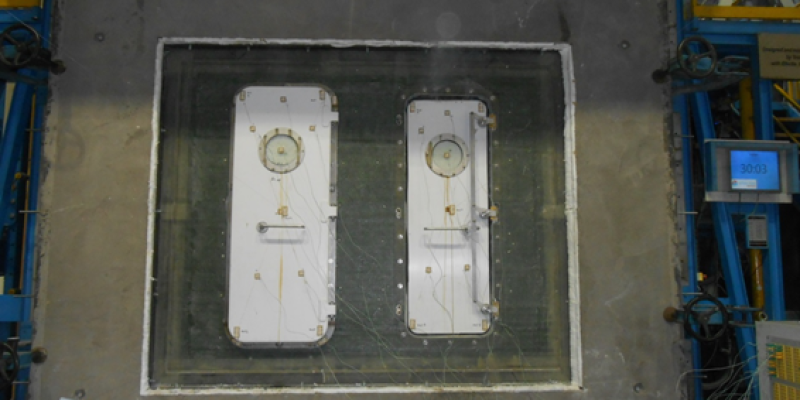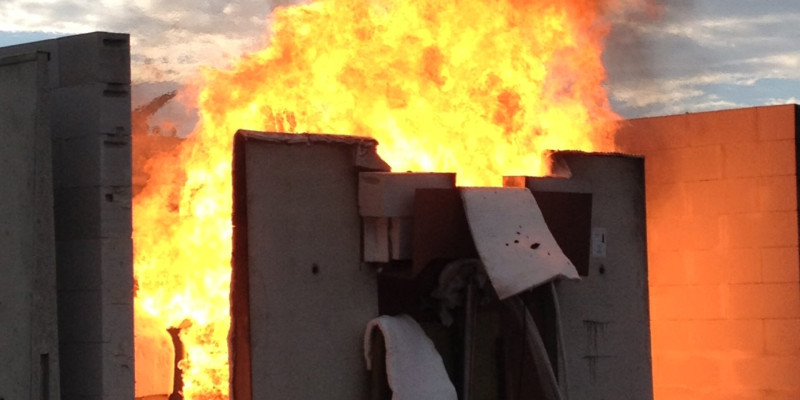Overview
Oil and gas industry
Risks are inherent to the oil and gas industry. Fire hazards are present in every step of the production process, from upstream (extraction and transportation) to downstream (refineries and storage).
Efectis can support governments, investors, operators and insurers in evaluating, designing or reviewing the protection systems in the oil and gas industry. This leads to optimized safety performance, regulatory compliance, lower insurance premiums, and reduction of costs.
Our services
FIRE PROTECTION COATINGS AND MATERIAL TESTING
- Glass-reinforced plastics (GRP) piping test (ISO 14692-2:2002)
- Rapid rise fire tests of protection materials for structural steel (UL 1709)
- Fireproofing practices in petroleum & petrochemical processing plants – material testing and rating (API RP 2218)
- Liquid pool fire testing (e.g. burning rate, thermal radiation, heat fluxes, effect of mitigation techniques, smoke evolution, and ignitability)
- Retardant and fire suppression systems
- Jet fire test (ISO 22899-1)
CONSULTANCY SERVICES
- Fire hazard analysis
- Protection system design
- Fire proofing needs, analysis, and design
- Maintenance and inspection
- Training and drills for emergency responders
- Equipment inspection
- Flammable and combustible liquids code (NFPA 30)
- Fire protection in refineries (API RP 2001)
- Fireproofing practices in petroleum and petrochemical processing plants (API RP 2218)
- Application of fixed water spray systems for fire protection in the petroleum and petrochemical industry (API RP 2030)
PIPELINE VALVES TESTING
- Pipeline valves ISO 14313:2007 / API SPEC 6D requirements and recommendations for the testing of ball, check, gate, and plug valves for application in pipeline systems.
- Subsea pipeline valves ISO 14723:2009 requirements and recommendations for the testing of ball, check, gate, and plug valves for subsea application in offshore pipeline systems.
- Valves ISO 10497:2010 (BS6755 part II/ API 607) Fire type-testing requirements and test method for confirming the pressure-containing capability of a valve under pressure during and after the fire test. (Not applicable to valve actuators other than manually operated gearboxes or similar mechanisms).



